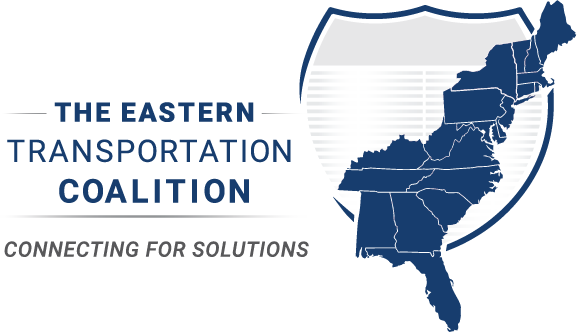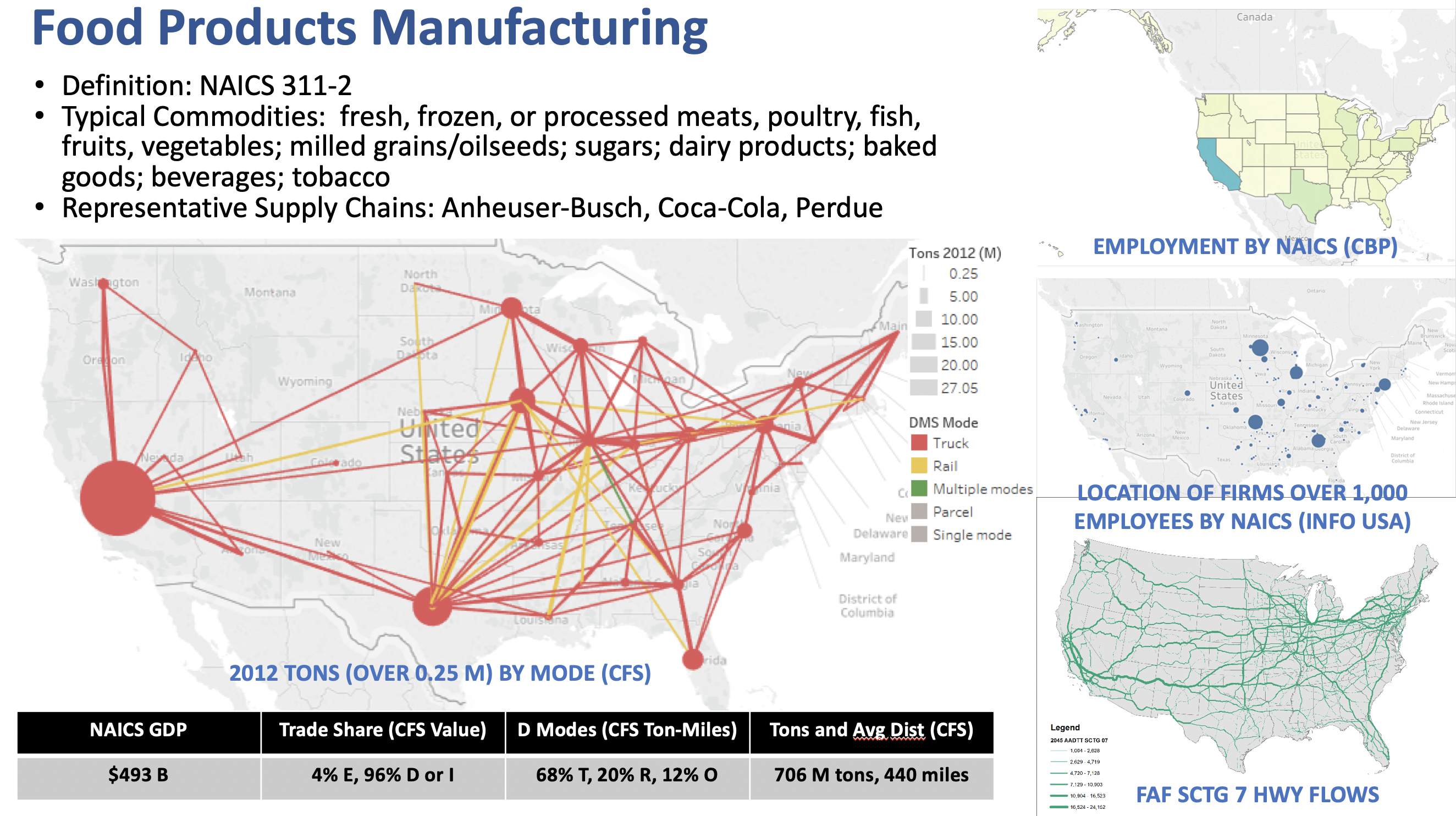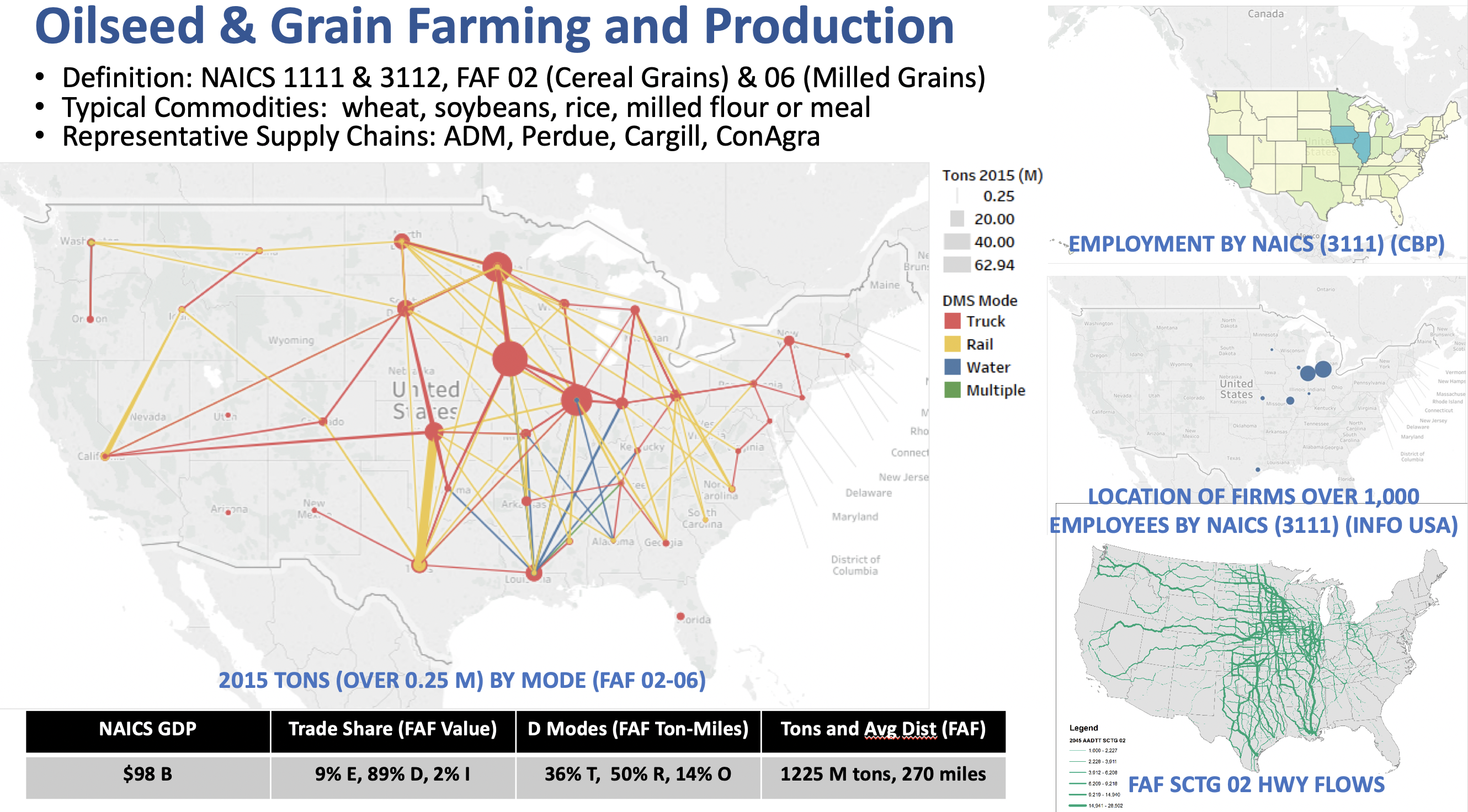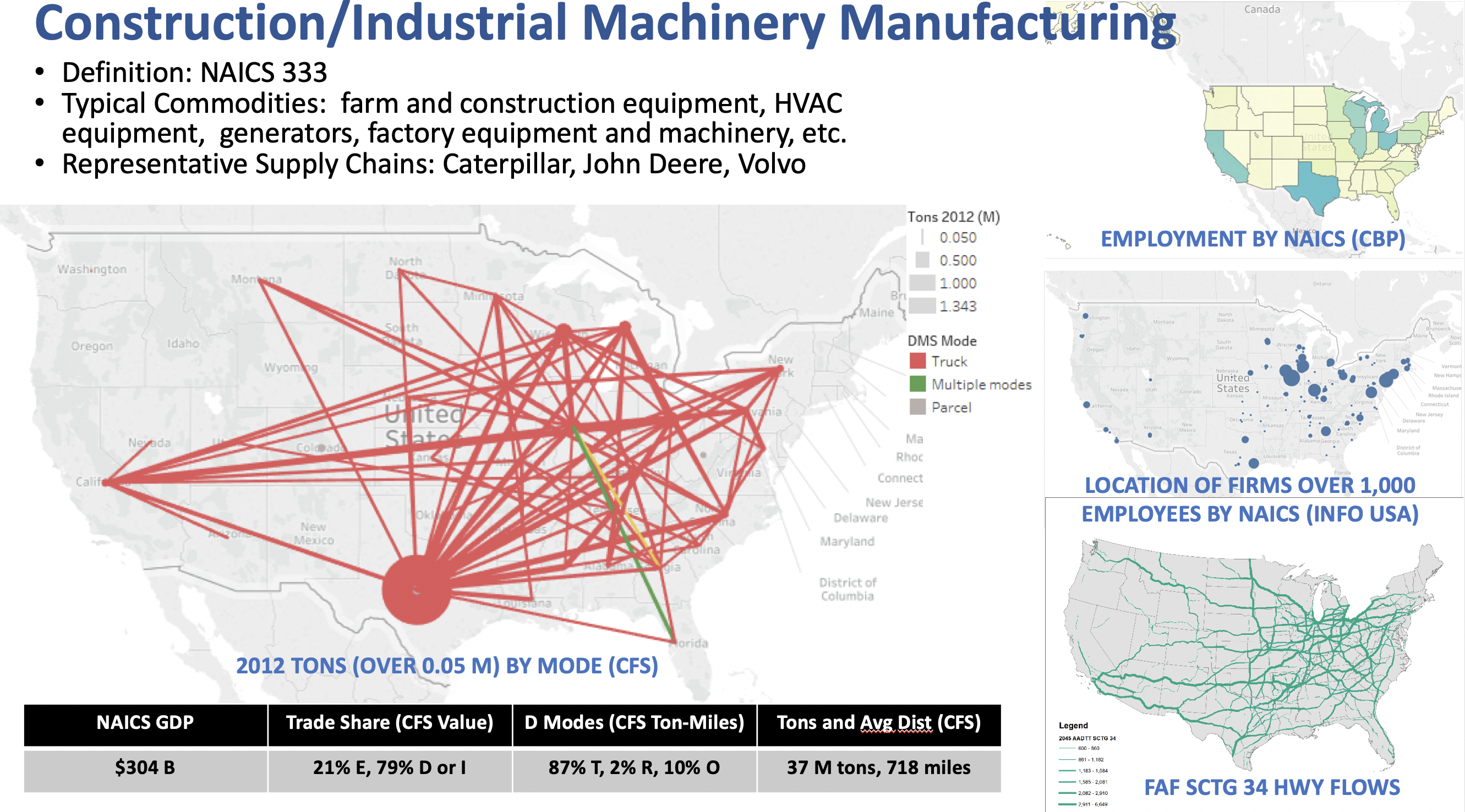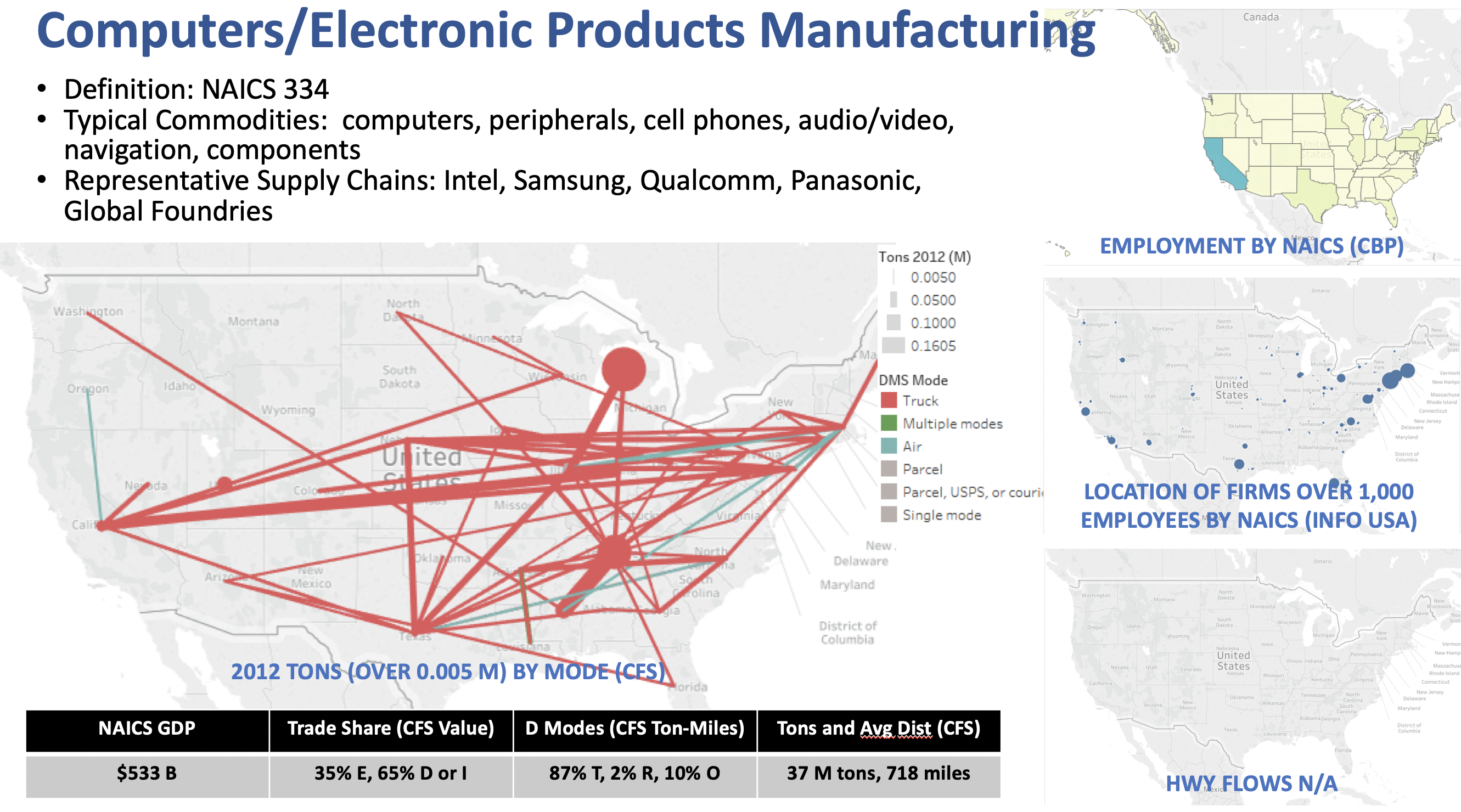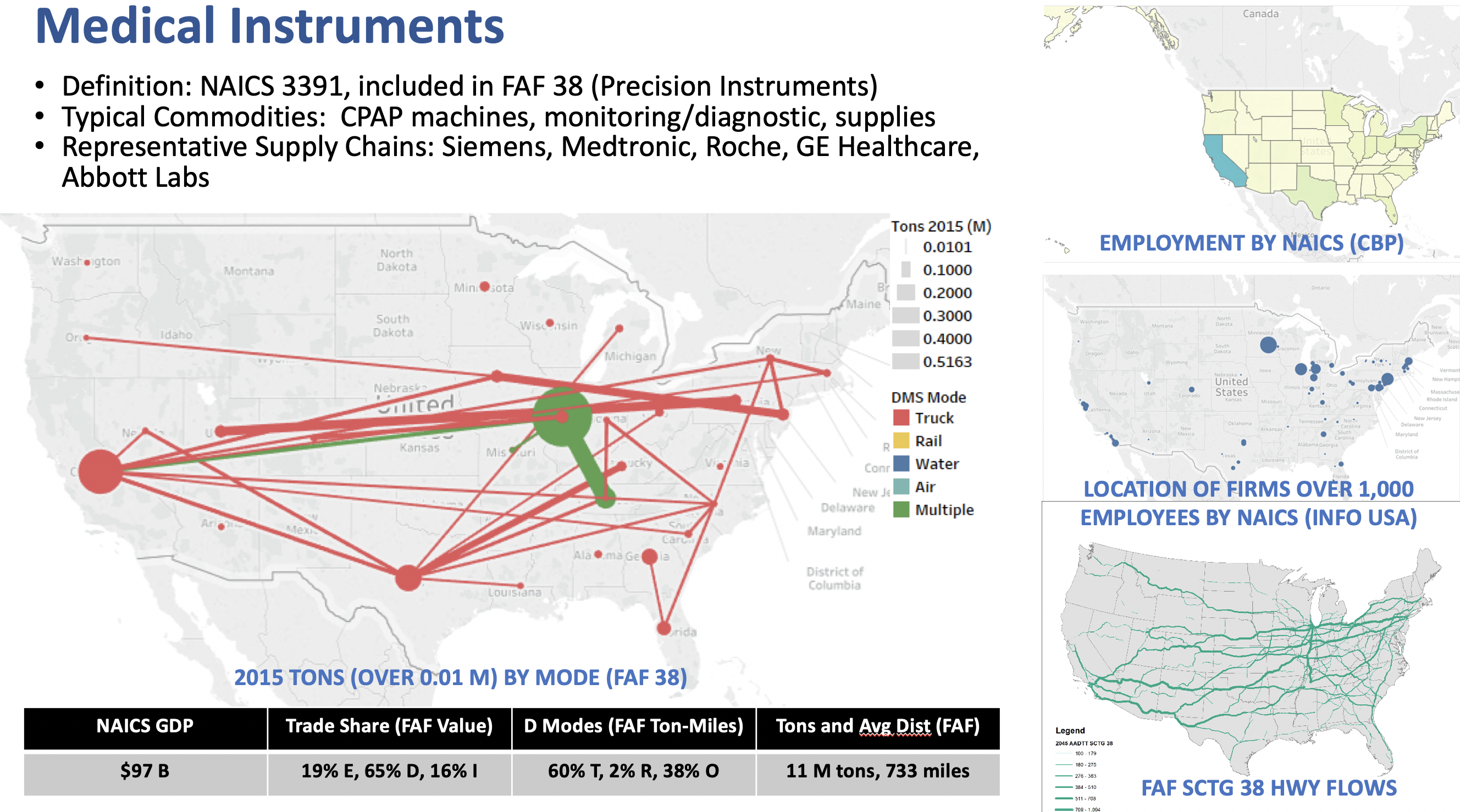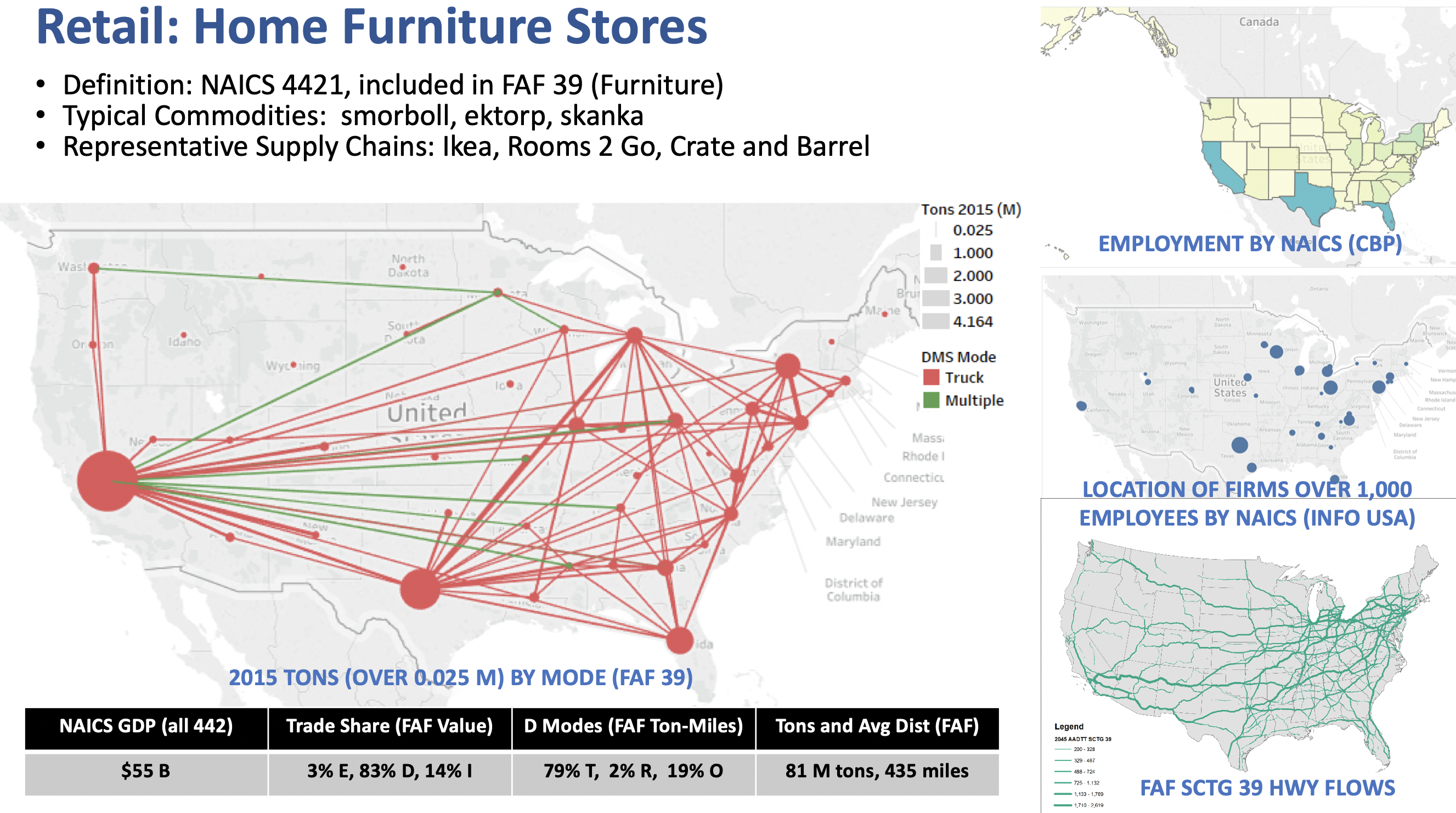Th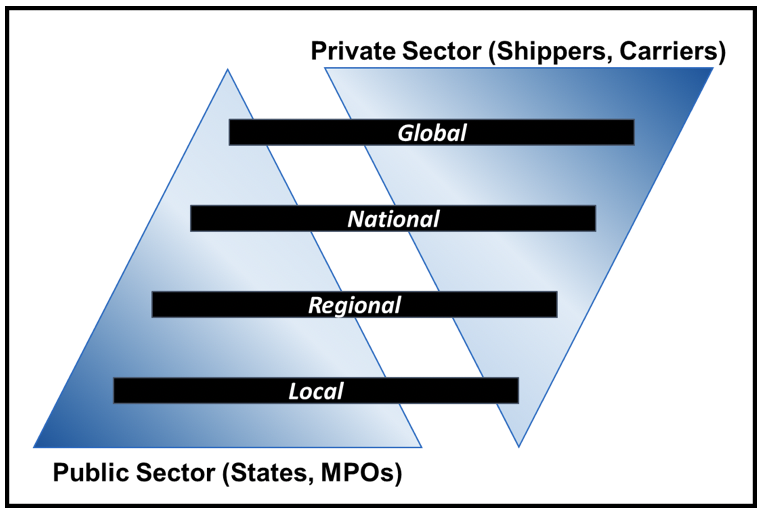 e National Freight Fluidity Program is a national initiative by US Department of Transportation to better understand how our transportation system supports freight movement. Currently, public policy, program, and investment decisions are guided by information about network and corridor capacity, infrastructure condition, and safety. This national effort aims to add the perspectives of shippers, carriers, and receivers by focusing on supply chains and understanding the end-to-end performance of an individual freight trip or shipment moving across multiple modes and jurisdictions. Having a clearer view of freight fluidity will lead to strategic transportation system investments that directly improve supply chain performance and the country’s economic competitiveness.
e National Freight Fluidity Program is a national initiative by US Department of Transportation to better understand how our transportation system supports freight movement. Currently, public policy, program, and investment decisions are guided by information about network and corridor capacity, infrastructure condition, and safety. This national effort aims to add the perspectives of shippers, carriers, and receivers by focusing on supply chains and understanding the end-to-end performance of an individual freight trip or shipment moving across multiple modes and jurisdictions. Having a clearer view of freight fluidity will lead to strategic transportation system investments that directly improve supply chain performance and the country’s economic competitiveness.
The program seeks to answer the questions:
- How well do the Nation’s freight transportation systems serve business and industry?
- How can we make our freight transportation systems and supply chains more efficient and reliable?
To answer these questions, representative supply chains will be identified from 25 industry sectors that together represent the majority of freight movement across the country. Using publicly and commercially available data, this initiative will systematically and routinely measure the supply chain performance of the “market basket” of representative supply chains to create a “National Freight Fluidity Performance Program.” The findings will be used to monitor trends, risks, and geographic hot spots and help identify the public investments required to support the nation’s supply chains. The program uses performance measures commonly examined by corporate supply chain managers:
- Travel time
- Travel-time reliability
- Approximate transportation cost
The National Freight Fluidity Program will help bridge the gap between public- and private-sector perspectives on freight transportation, where the focus of state and metropolitan planning organizations (MPO) is local and regional and the focus of private sector shippers and carriers is increasingly national and global. Focusing on how well our transportation system supports freight also provides an opportunity to better inform the public about the value of freight to their jobs, families and communities.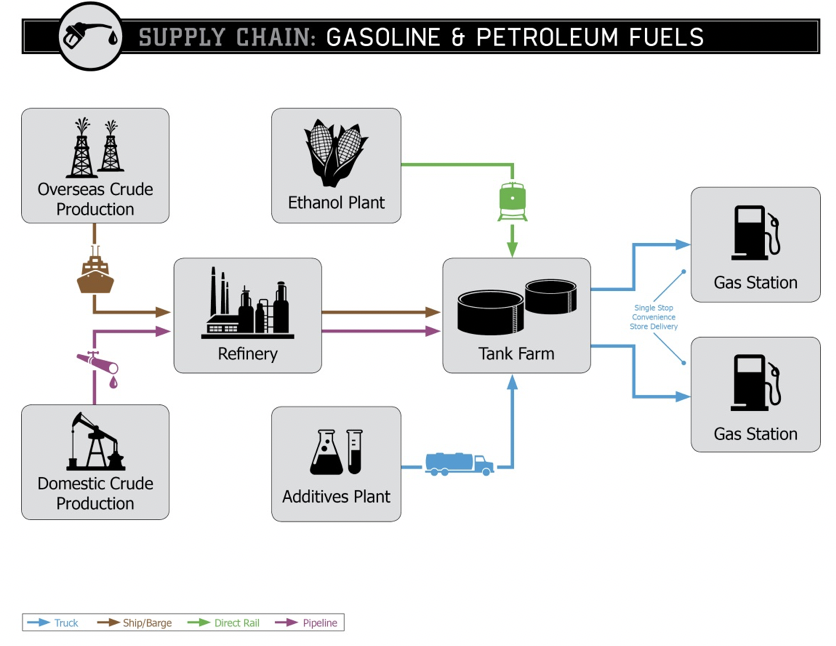 Phase I, completed in 2016, demonstrated the feasibility of measuring supply chain performance across multistate jurisdictions by examining five representative supply chains (Retail, Automobile Manufacturing, Food Products, Agriculture, and Electronics). The work was conducted by the Eastern Transportation Coalition in partnership with the Federal Highway Administration.
Phase I, completed in 2016, demonstrated the feasibility of measuring supply chain performance across multistate jurisdictions by examining five representative supply chains (Retail, Automobile Manufacturing, Food Products, Agriculture, and Electronics). The work was conducted by the Eastern Transportation Coalition in partnership with the Federal Highway Administration.
The USDOT Federal Highway Administration is funding a Phase II effort, conducted by a project team led by the Eastern Transportation Coalition, that is expanding the program to cover about two dozen key industry sectors, including Manufacturing, Mining & Extraction, Agriculture, Forestry & Fishery, Wholesale & Retail, Hotels & Restaurants, Health Care, Defense, Construction, Utilities, and Transportation. A few key characteristics of the program:
- Only major industry sectors are included.
- The “representative” industry supply chains are developed in partnership with the private sector and are based on actual supply chains modified to represent typical supply chain paths for that industry.
- Only the domestic U.S. portions of supply chains are assessed.
- Dwell time spent within private-sector warehousing or distribution facilities is not measured.
- Measures are based solely on publicly and commercially available data.
The Nation’s ability to grow and compete economically depends on its ability to move freight reliably and cost effectively. The purpose of the National Freight Fluidity Program is to assess how well the highway, rail, and other networks support the needs of businesses, identify necessary investments, and increase public understanding of the key role of freight movement in our everyday lives.
